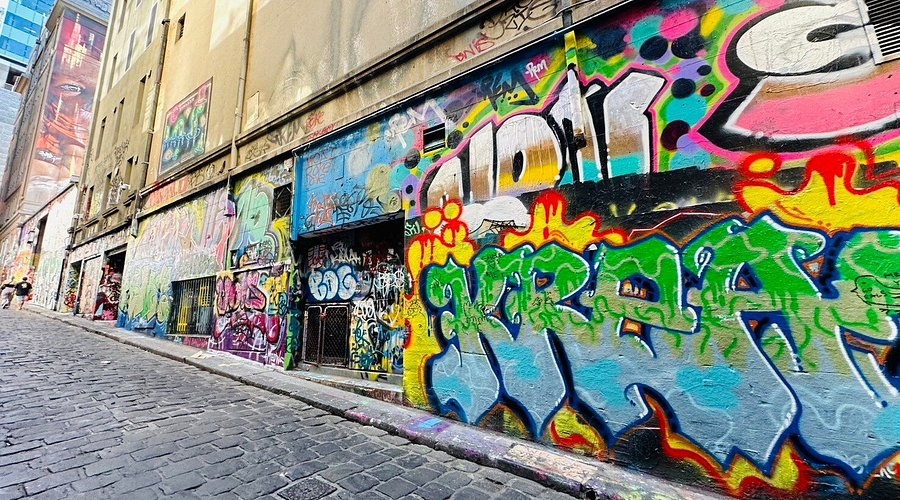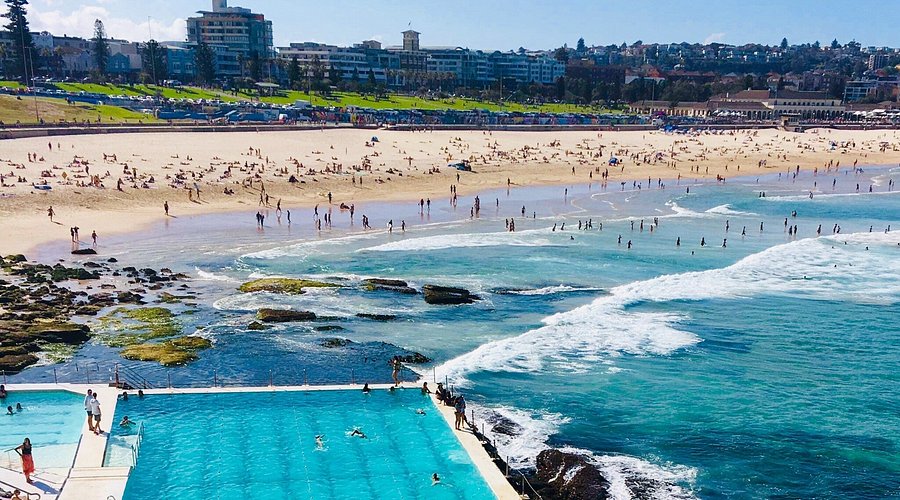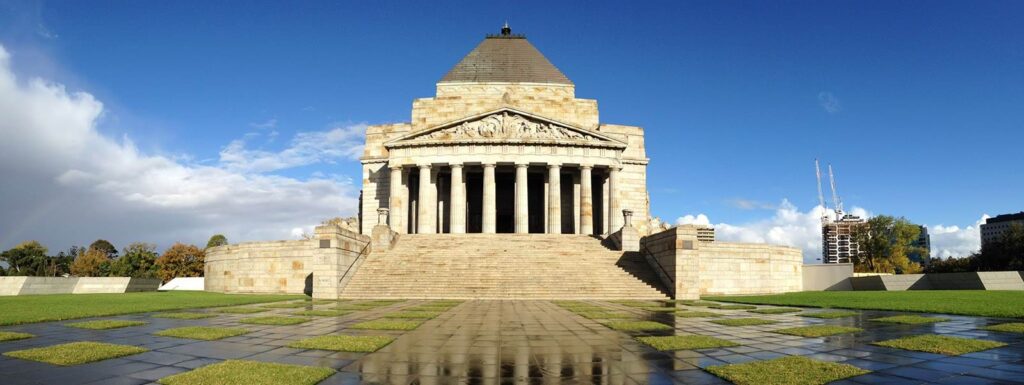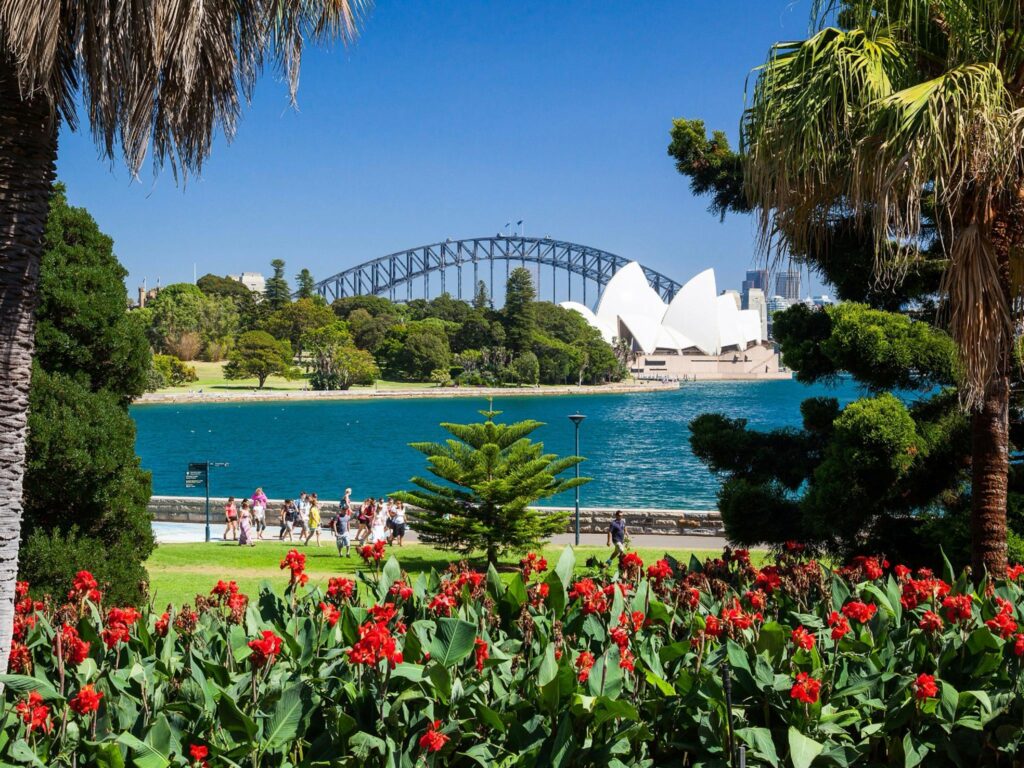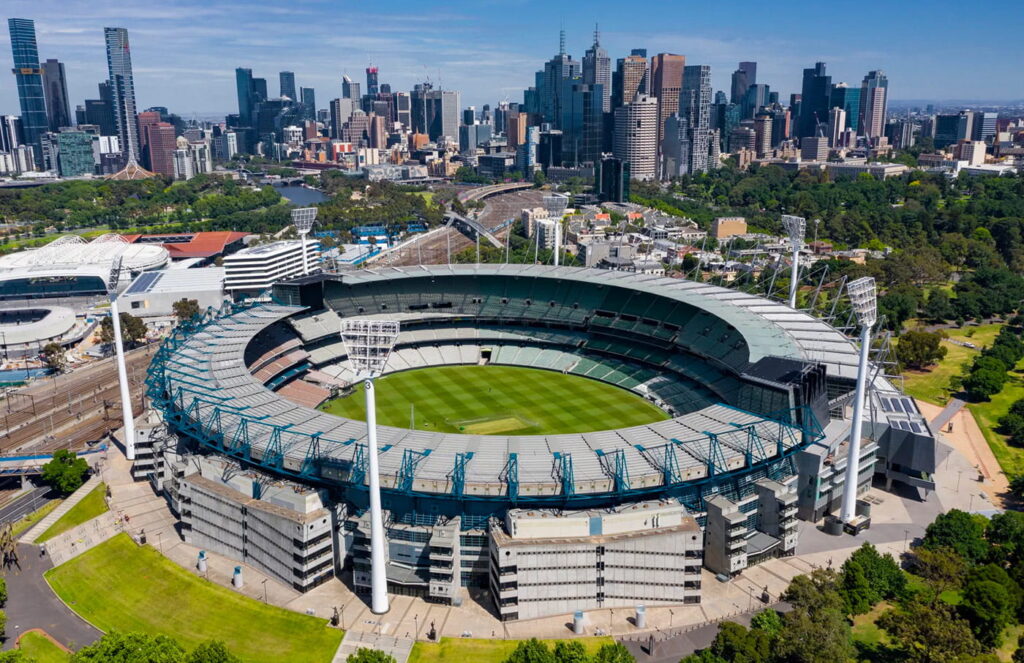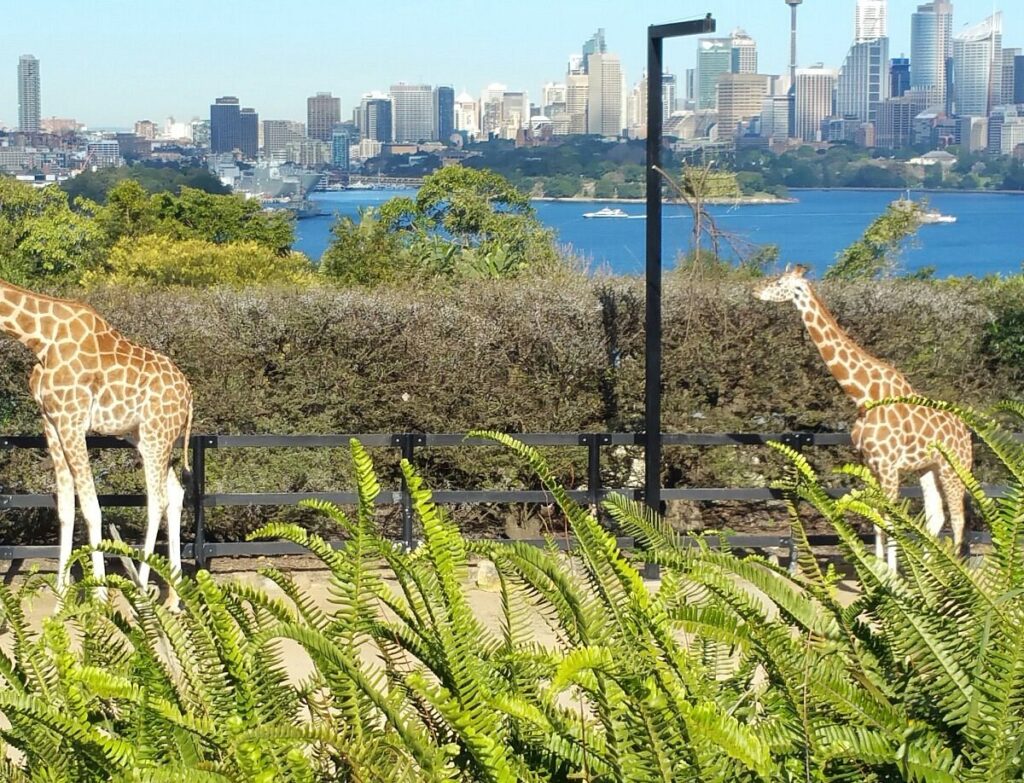Tucked between the city and Bondi, Watsons Bay is a serene slice of Sydney’s coastline with a rich maritime past. Once a humble fishing village, traces of its history linger in the heritage cottages lining its narrow streets—though today, they fetch sky-high prices.
Just a short ferry ride from Circular Quay, Watsons Bay makes for a delightful day trip, offering coastal walks, hidden beaches, and harbourside dining with unbeatable views.
What to Do
Walk South Head
Stretch your legs along the South Head Heritage Trail, where you’ll pass the iconic Hornby Lighthouse and panoramic views over the Pacific Ocean and Sydney Harbour. The trail is short and scenic, perfect for photographers and nature lovers alike.
Visit The Gap
On the ocean side, The Gap is a dramatic sandstone cliff with sweeping views and a sobering history. It’s one of Sydney’s most iconic lookouts—bring a camera.
Swim at Camp Cove
Just a few minutes’ walk from the ferry terminal, Camp Cove is a calm, family-friendly beach ideal for a quick dip or a sunbake on the sand. Snorkellers can often be spotted near the small jetty, and amenities include a kiosk and public restrooms.
Lady Bay Beach
A bit more secluded is Lady Bay Beach, Sydney’s first officially recognised clothing-optional beach. Nestled in bushland, it offers peace, privacy, and views across the harbour—just remember, nudity is permitted on the beach only.
Where to Eat
Doyles on the Beach
A Sydney institution, Doyles has been serving fresh seafood on the beachfront since 1885. Grab a takeaway from their wharf kiosk or enjoy a sit-down meal with harbour views at the main restaurant next to the Beach Club.
Dunbar House
Housed in a beautifully restored 1830s mansion on Marine Parade, Dunbar House offers refined dining options including breakfast, lunch, and high tea, all in an elegant setting.
Watsons Bay Boutique Hotel
Few places offer a better vantage point than the Watsons Bay Boutique Hotel. Located right by the ferry wharf, it’s famous for its Beach Club beer garden, where the must-do ritual is to watch the sunset over the Harbour Bridge, drink in hand.
Getting There
Ferry from Circular Quay
The easiest way to reach Watsons Bay is by ferry from Circular Quay (or as part of the Manly route). Services run every 30 minutes and take about 25 minutes. The journey itself offers postcard-worthy views of the harbour.
Leave the Car
Parking in Watsons Bay is limited and fills quickly, especially on weekends. Skip the hassle—take the ferry and enjoy the ride.
Watsons Bay is where city life pauses. Between its beaches, clifftop views, and waterfront dining, it’s an ideal escape for anyone seeking a relaxed yet iconic Sydney experience.

